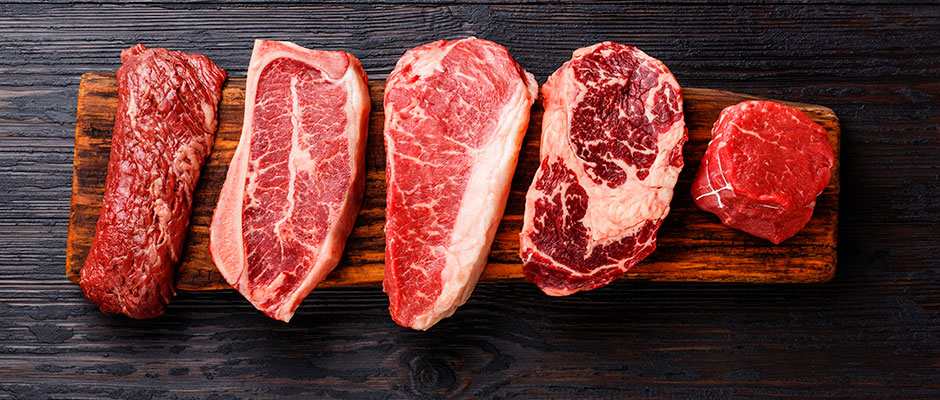

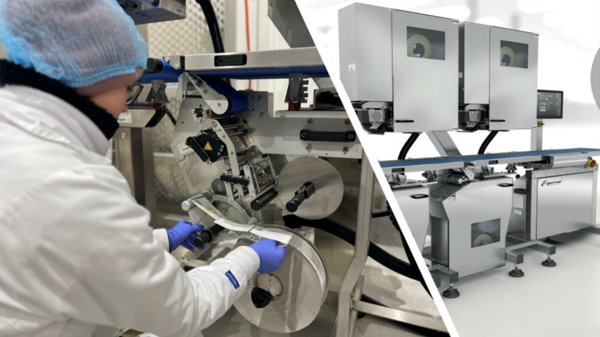
Sutter Meat Production relies on the highest level of automation for product labelling and uses fully automatic labelling systems that enable products to be labelled quickly and flexibly.
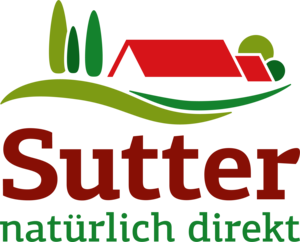
Sutter Meat Production started in the 80's with a small butchery and after just a few years they expanded the branch network to 7 shops. In that course, the classic butchery business was extended with pre-packed self-service products. Decisive for the success was the high product innovation as well as the constant excellent quality of the products, also in the self-service area. The first inquiries from retail chains came quickly, and thus the production capacity was expanded to currently 40,000 square meters. Today, Sutter Meat Production has fully stopped the butchery business operations and, with over 1,200 employees, specializes exclusively in the industrial production of meat products. The main focus of the production is the processing of cooked cured ham and sausage products for the retail industry. "Everything is made in Germany and completely perfected in order to be able to optimally respond to the individual demands of the retail industry." This is how Rene Eckart, Managing Director of Sutter Meat Production, describes the company's core competence. There are no limits to flexibility in terms of product individuality, packaging variants, packaging design and product labeling.
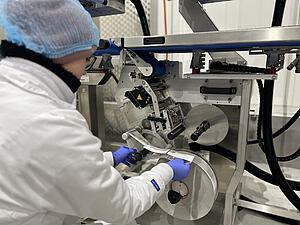
Over the past decades, the requirements on meat products increased strongly. On the one hand due to the consumer and on the other hand due to legal guidelines that have expanded significantly. Today, products are completely designed to meet the needs and wishes of the consumer. The number of product variations is increasing enormously. In addition, not only is a large product variation crucial for the consumer, but the ingredients, nutritional values and origin information must also be apparent to the end consumer at the point of sale. On the one hand for legal reasons, on the other hand the request for information about the product by the consumer is higher than ever. The production process of meat products must be designed precisely with this in mind. Especially at the end of the line, where the information visible to the outside is made available to the consumer via the label as well as the packaging.
Sutter Meat Production relies on maximum automation for product labeling and uses fully automatic labeling systems that enable products to be labeled quickly and flexibly. When changing products or pack formats, the labeling systems adapt fully automatically to the pack formats and always place the labels printed with individual information in the desired position on the pack. No matter what the wishes of the retailers are, there are no limits to individuality. End-of-line personnel requirements in production operations are low, as the automatic labeling systems operates completely autonomously. Printer position settings of the machines or product centering of the machines are not aligned manually depending on the product, but are always adjusted completely automatically to match the product currently being produced and packed.
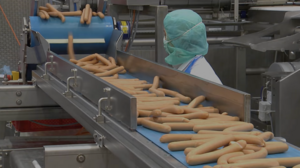
For Sutter Meat Production, it quickly became clear that digital machine concepts are not just a short-lived trend, but will become established in the meat processing industry in the long term. Weighing and labeling machine equipment at Sutter Meat Production has long been online connected with ERP systems, and order data is sent fully automatically to the weigh-price labelers. This has not only been the case since the emerging of digital trends, but has been standard at Sutter for many years. With the new generation of weighing and labeling systems, Sutter has taken the next, digital step. Digital machine features make it possible to monitor wear components on the system in real time and to have the expected service life of a component displayed in advance. This is the case, for example, with the thermal heads that are responsible for the label printout. The production team always sees in real time how long the expected lifetime of the thermal head is and when it must be replaced at the latest to ensure always a perfect imprint on the label. This is exactly how the new generation of weighing and labeling systems also works with belt motors, toothed belts, and label rolls on the machines. The entire concept of the ESPERA NOVA weigh-price labeler machines is designed for predictive maintenance and real-time control. This reduces unplanned downtimes and makes maintenance measures easy to plan.
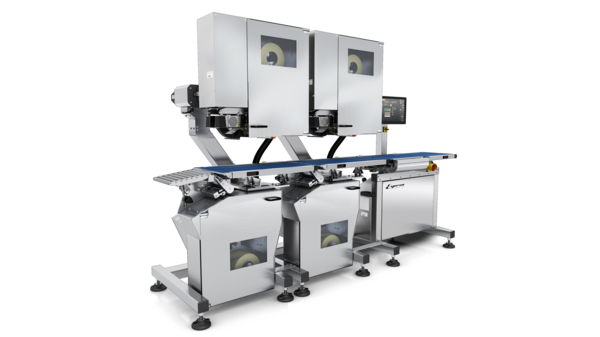
The current highlight that has convinced Sutter Meat Production is the new ESPERA NOVA ES-E weigh-price labeling machine. It complements the existing ESPERA NOVA product range with a unique compact system. With up to 80 packs per minute, it completely satisfies the speed requirement for a large proportion of production lines, while at the same time being significantly more compact than other systems. Equally important for Sutter Meat Production is the sustainability of the ES-E machine, and this is where the new, compact system is really impressive and outstanding. With significantly lower consumption values and no external compressed air required, the new machine concept allows fixed costs to be significantly reduced. A fully sustainable machine concept.
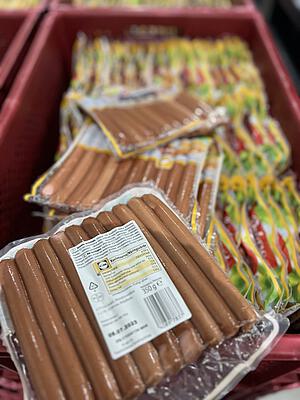
For Sutter Meat Production, 3 important success factors will continue to count in the future: flexibility in production, digital machine functions for machine monitoring, and significantly reduced machine consumption values. These are the drivers of the future that make for a successful operation.
nova.espara.com | fleischwaren-sutter.de
Service: +49 203 30540 | info@espera.com